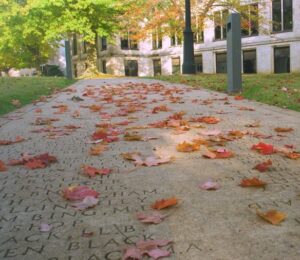Columbia University creates an imitation of wood printed in 3D with an internal grain pattern
through Columbia University
Researchers at Columbia University in New York revealed a method to dynamically replicate the external and internal structure of materials such as the wood using a 3D printer and specialized scanning techniques. While the external profile transport and patterns of natural objects were tested and tested, a major challenge in the 3D printing industry has been to replicate the internal texture of an object.
In their recent study "Digital Wood: 3D Internal Map Texture Mapping" The research team describes how a "color and voxel mapping" system led to the production of a printed 3D that closely resembles the texture of olive wood , including a cropped section.
through Columbia University
To scan the original wood sample, the researchers used a destructive imaging technique in which the wood was cut at intervals of 27 micrometers (0.027 mm) in a computerized numerical control (CNC) mill. The resulting set of 230 stacked images was prepared for manufacturing using a 3D printable code and a polyethylene injection printer supplied by Stratasys research partners.
through Columbia University
To produce the vibrant pattern of the inner section of the wood, the team used images at a resolution of 600 × 300 dpi , converted into a CMYK color scheme compatible with the Stratasys printer.
through Columbia University
The printed final object closely resembles the original wood block, both in its external appearance and in its pattern of internal color, as confirmed when the block is cut or broken. The presented workflow can be used in the digital replication of objects with complex internal patterns that until now have been impossible to manufacture.
-Fabian Stute, Joni Mici, Lewis Chamberlain and Hod Lipson
through Columbia University
The research team at Columbia University was led by Fabian Stute, Joni Mici, Lewis Chamberlain and Hod Lipson. Read the full report on the technique in the official publication here.
Other recent advances in 3D printed design include the world's first 3D printed stainless steel bridge presented by MX3D, and Tonkin Liu's innovative medical device that uses its shell-shell structure. .
News via: 3D printing industry




Be First to Comment